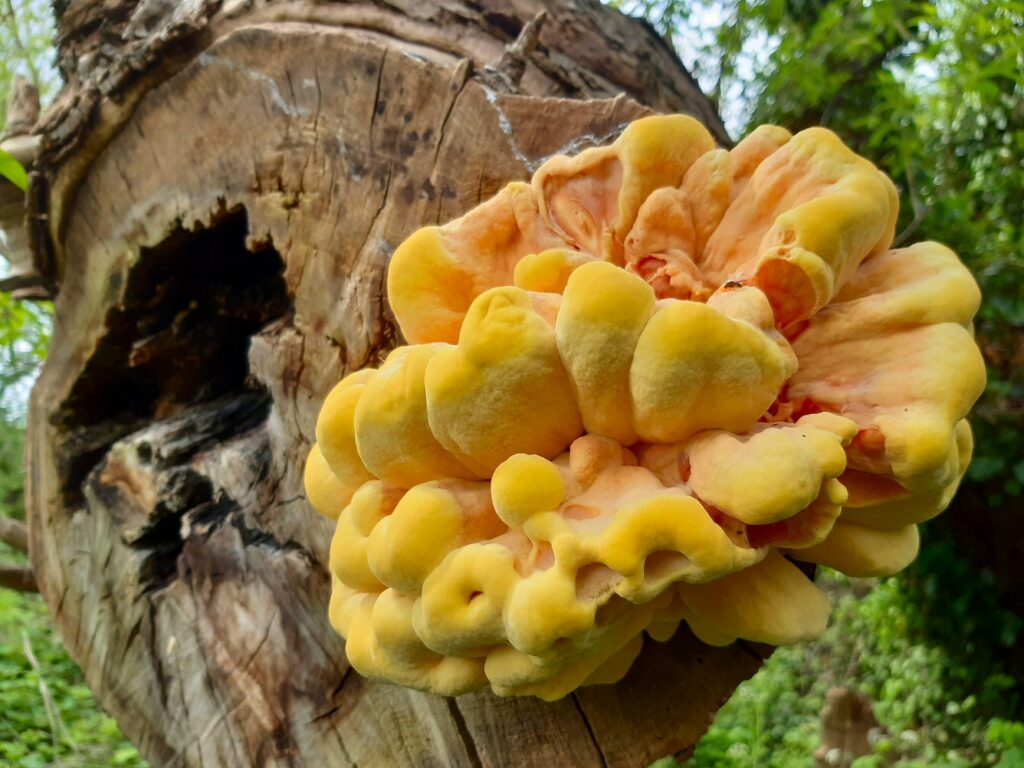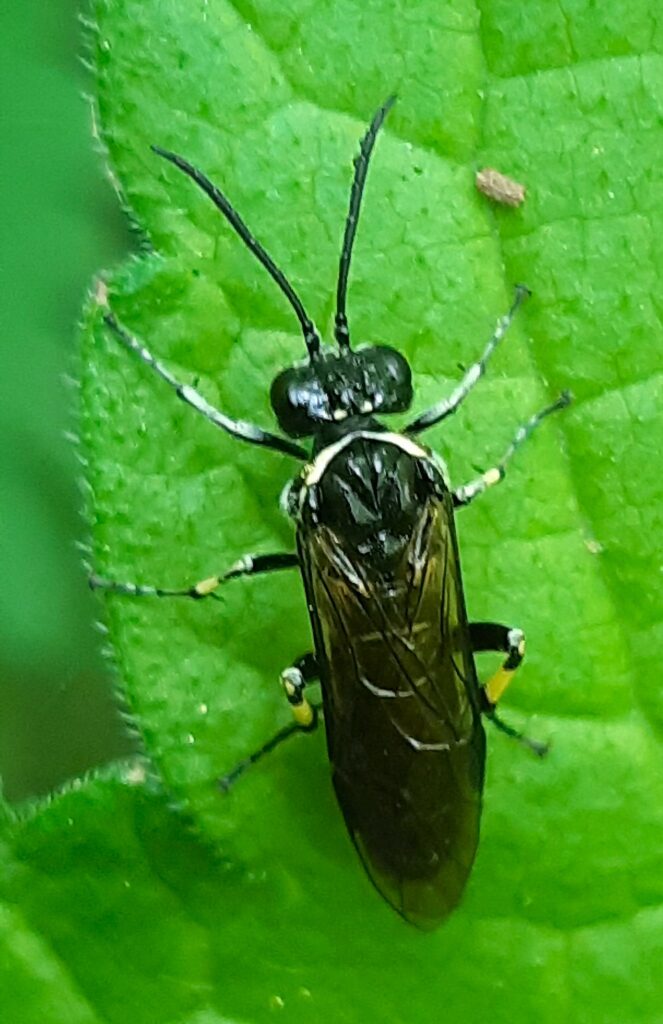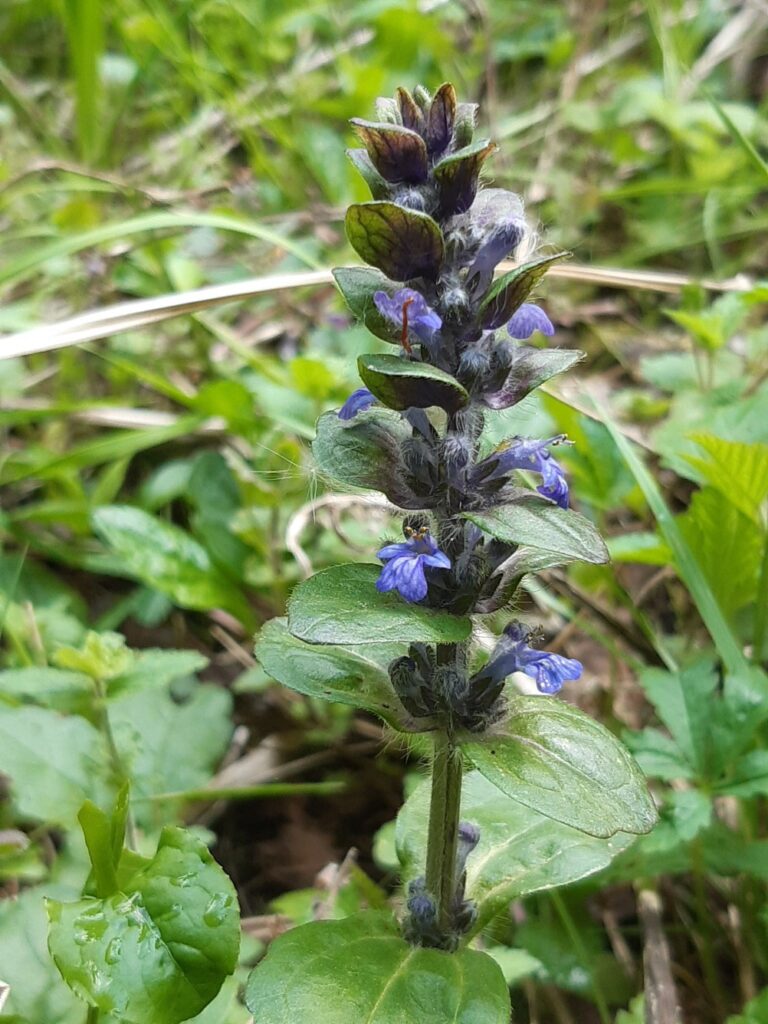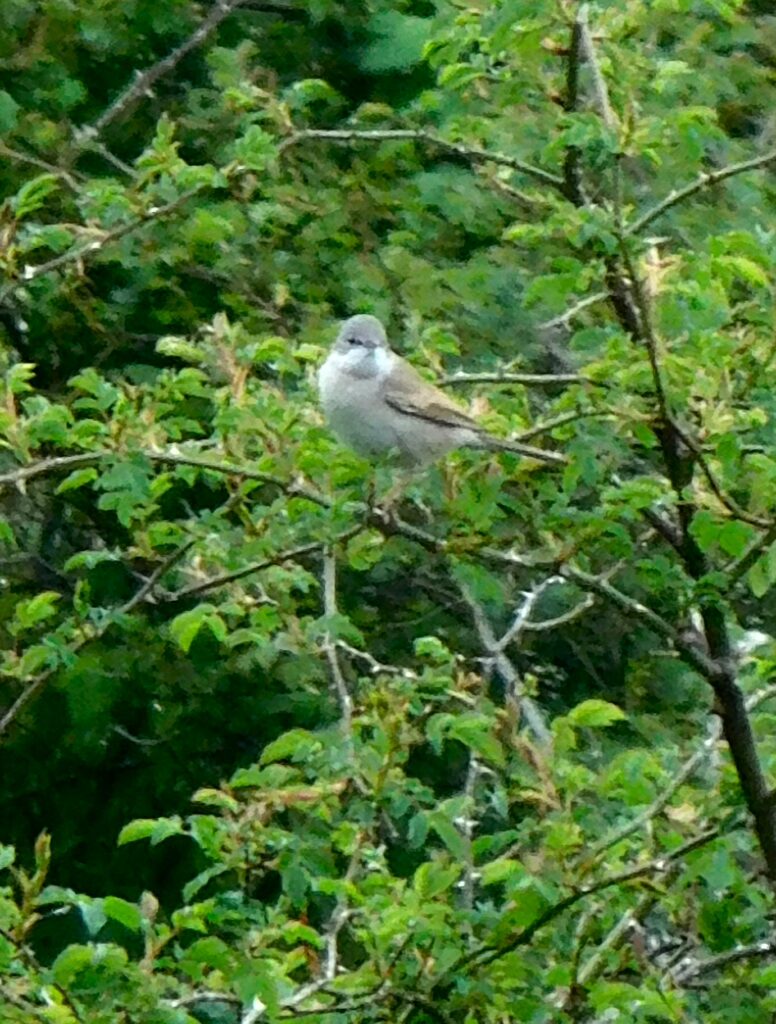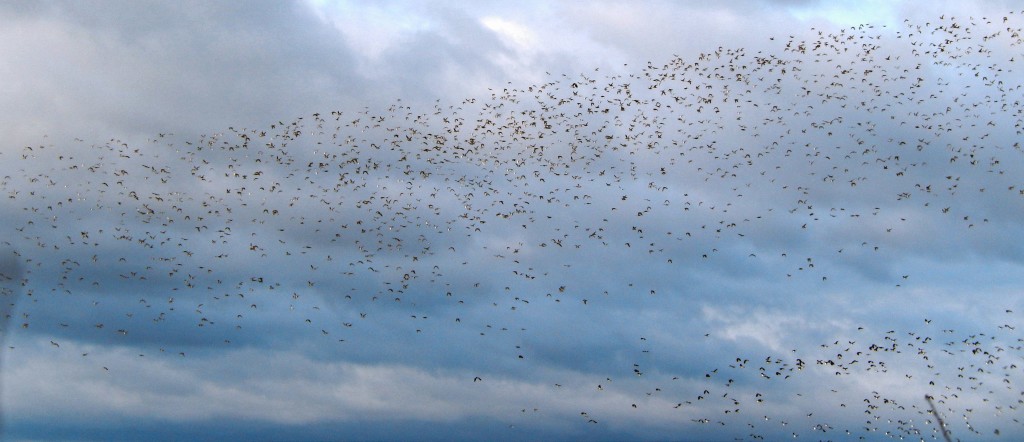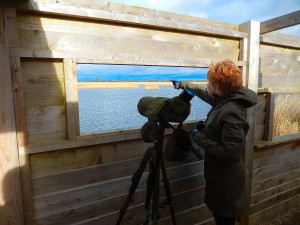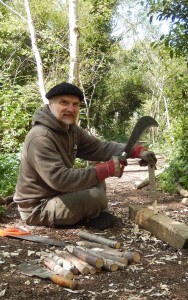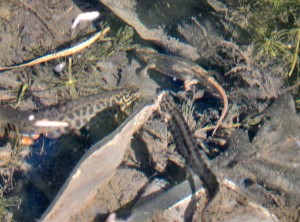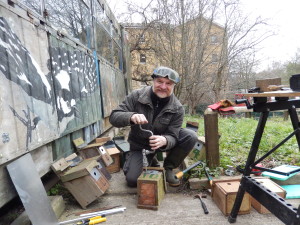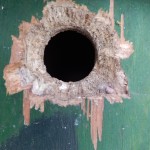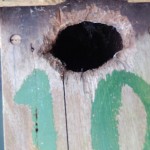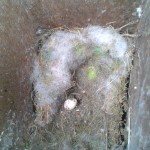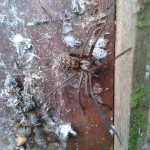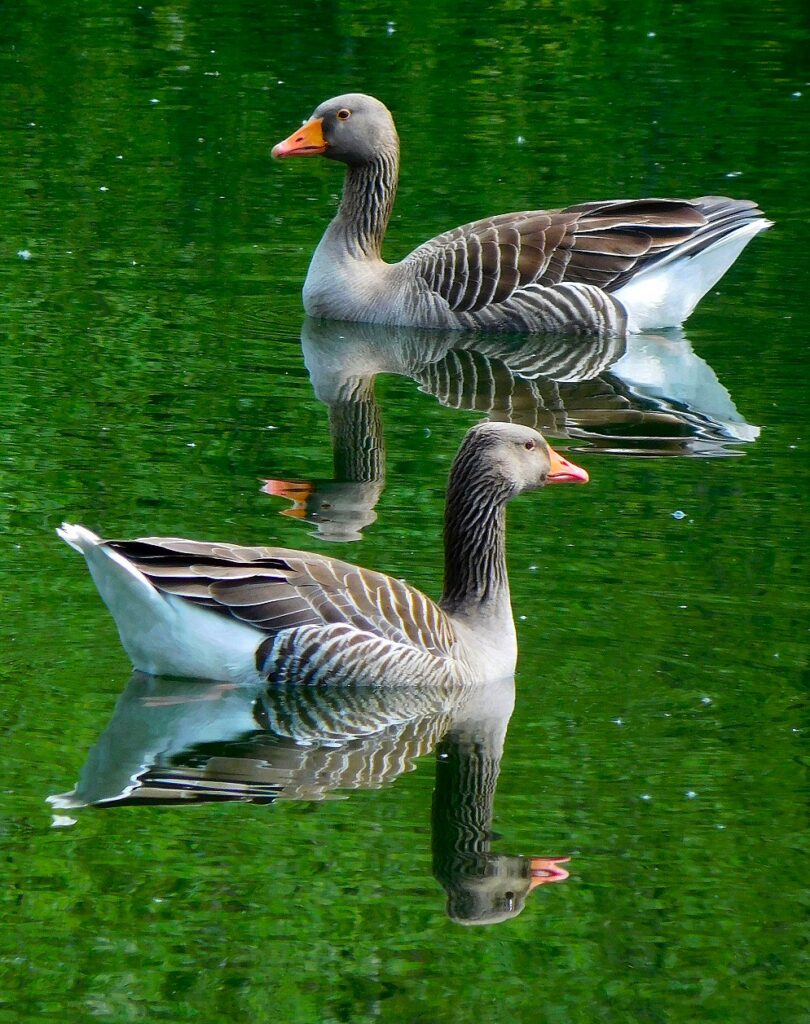
Well, I guess the point of a walk in nature in May is to see what is in flower, what birds are singing, and which insects have emerged (in other words, it’s all about sex). The first warbler to make itself heard was the Blackcap, with many singing males trying out different brief songs. They were mixed in with Garden Warblers, which have a distinctly longer and more even song. A Cetti’s Warbler or two sang their loud abrupt call chwitipitit, chwitipitit: once heard, never forgotten. I couldn’t find any Sedge or Reed Warblers by the river for some reason. In the thorny scrub, a couple of Chiffchaffs sang their names, and many Whitethroats rasped out their short scratchy song, flying up to the tops of Hawthorn bushes and hopping about for the optimal perch.
A Little Egret flapped slowly across the lake: it would once have been thought a wonderful sighting, but the species has happily spread northwards and is now quite common on British coasts and lakes.
I was however delighted to hear the wheezing spring call of a male Greenfinch. It was until recently a common bird around towns and villages, but the population was halved by the Trichomonas parasite in the 2000s. Here in London it almost completely disappeared, and it is only slowly recovering.
I glimpsed one damselfly, probably a Common Blue.
